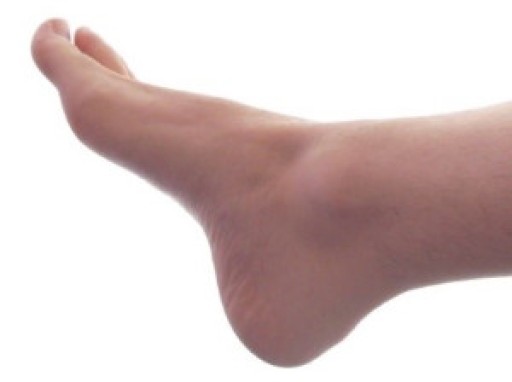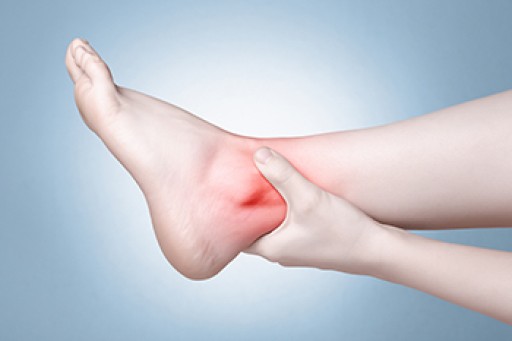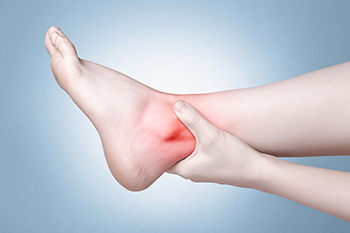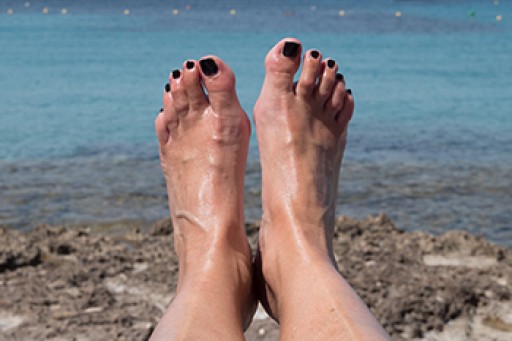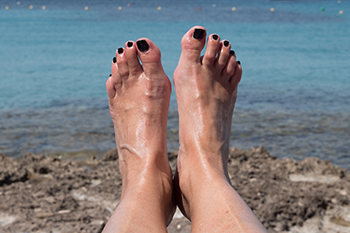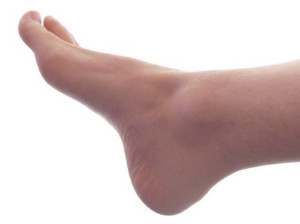
A stress fracture in the foot is common among people who enjoy running and participating in sporting activities. It is considered to be a hairline fracture, and gradually happens from repetitive stress that is put on the bones in the feet. People may refer to it as a fatigue fracture, and it is a weakening of the bone. There may be additional risk factors at play in why some people develop stress fractures and others do not. These can include not consuming enough calories, having an earlier stress fracture, or possibly from having low body weight. Many people can endure a stress fracture from training too rapidly and frequently, as this does not allow adequate time for the bones to get used to the added stress. Additionally, if running is done on hard surfaces, it may contribute significantly to getting a stress fracture. Relief generally begins with stopping the activity that caused the fracture, and resting the affected foot which may help to relieve swelling. If you have endured a stress fracture, it is advised that you speak with a podiatrist as quickly as possible so the correct treatment can begin.
Activities where too much pressure is put on the feet can cause stress fractures. To learn more, contact one of our podiatrists from InStride Family Foot Care. Our doctors can provide the care you need to keep your pain free and on your feet.
Dealing with Stress Fractures of the Foot and Ankle
Stress fractures occur in the foot and ankle when muscles in these areas weaken from too much or too little use. The feet and ankles then lose support when walking or running from the impact of the ground. Since there is no protection, the bones receive the full impact of each step. Stress on the feet can cause cracks to form in the bones, thus creating stress fractures.
What Are Stress Fractures?
Stress fractures occur frequently in individuals whose daily activities cause great impact on the feet and ankles. Stress factors are most common among:
- Runners
- People affected with Osteoporosis
- Tennis or basketball players
- Gymnasts
- High impact workouts
Symptoms
Pain from the fractures occur in the area of the fractures and can be constant or intermittent. It will often cause sharp or dull pain with swelling and tenderness. Engaging in any kind of activity which involves high impact will aggravate pain.
If you have any questions please feel free to contact our offices located in Concord, Charlotte, and Salisbury, NC . We offer the newest diagnostic and treatment technologies for all your foot and ankle needs.
